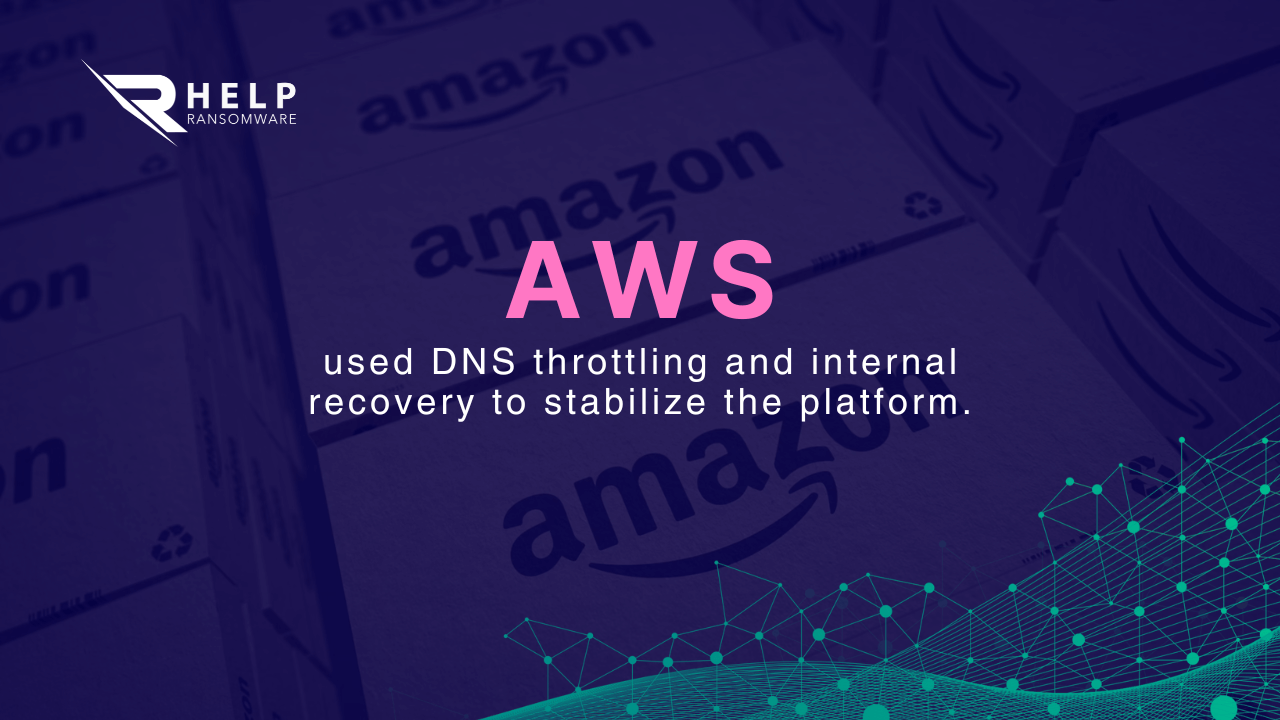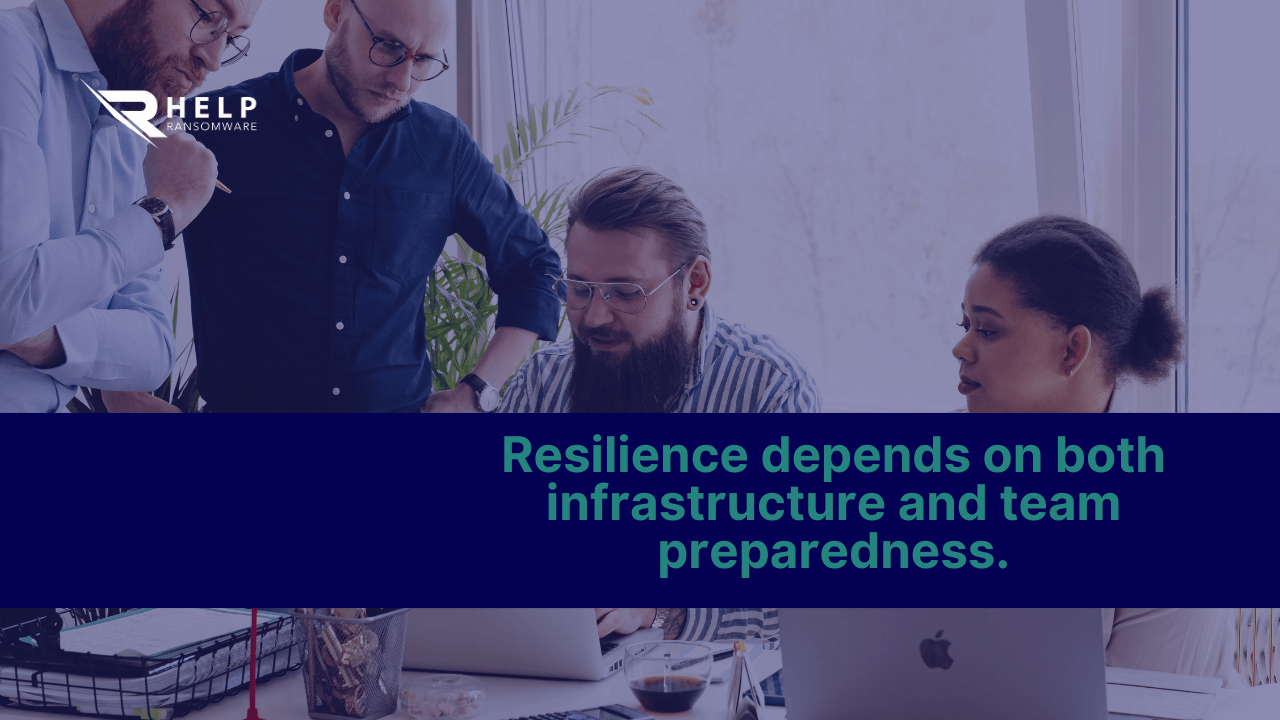A global incident that exposed the fragility of cloud infrastructure
The global AWS incident described by INCIBE in its official analysis highlighted how a single cloud failure can have a massive impact on the digital economy.
The origin was a disruption in the DNS resolution of DynamoDB, a core service for thousands of applications. This initial error triggered cascading failures that affected e-commerce platforms, financial services, logistics, collaboration tools, and critical infrastructure applications.

These types of events, even if not related to a direct attack, demonstrate that business continuity is as essential as protection against advanced threats, as we explain in our guide on the types of ransomware.
What did AWS discover about the cause of the incident?
An internal failure with global consequences
The most in-depth explanation can be found in the technical report AWS Service Disruptions: Outage Update, where Amazon details how an anomaly in internal DNS systems affected access to DynamoDB, causing load balancers to become overloaded and multiplying errors between regions.
Ransomware-as-a-Service campaigns, where a single compromised point can paralyze an entire network.
How AWS managed to stabilize its infrastructure
Technical actions taken to contain the fall
To restore operations, AWS quickly activated its internal DNS recovery systems and implemented containment measures such as temporarily throttling the creation of new EC2 instances. This limitation prevented the infrastructure from becoming further overloaded while backend services were being restored.

Although the recovery was gradual, the event exposed structural vulnerabilities that reinforce the importance of cyber crisis management, especially in environments where companies depend on external providers for essential functions.
Strategic lessons for companies that rely on the cloud
Dependence on a single region is a critical risk
Companies operating exclusively within a single AWS region were the hardest hit.
The lack of geographic redundancy or multicloud architectures led to complete service outages that should have had backup routes.
This point connects with what we analyzed in the Ransomware attack on Puma : when everything depends on a single point, the impact is always greater.
The importance of the human factor in non-malicious incidents
Even in an incident not caused by criminals, the human response was key.
Companies with emergency protocols, clear internal communication, and prior simulations reacted much more effectively.

This aspect is especially relevant if we consider how threats such as the sextortion and ransomware, where lack of preparation amplifies the damage.
What would we have recommended from HelpRansomware?
Resilience strategy for unavoidable incidents
From a professional perspective, our recommendations for any company that has suffered—or wants to avoid—a similar incident would be:
- multi-region and multi-provider infrastructure.
- Align a specific continuity plan for cloud outages, just as there are plans for ransomware.
- Implement internal monitoring dashboards to avoid relying solely on the vendor’s dashboard.
- Conduct quarterly total fall drills.
- Work with segmentation models that reduce the “radius of impact”.
- fallback routes and alternative authentication systems.
A strategy that fits within the practices we recommend in our guide to types of ransomware and in our more advanced analyses on resilience.
The cloud can fail. Preparation shouldn’t.
The AWS incident wasn’t an attack, but it was a reminder that global digital infrastructure is extremely vulnerable to isolated errors.
The question isn’t whether an incident will happen again, but how many companies will truly be prepared when it does.
At HelpRansomware, we help organizations strengthen their resilience, understand their dependencies, and anticipate the inevitable.



